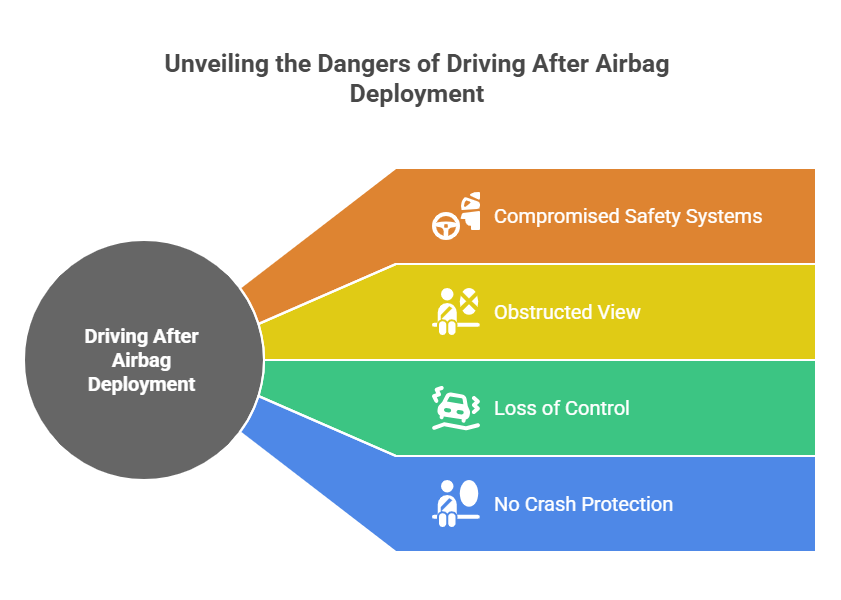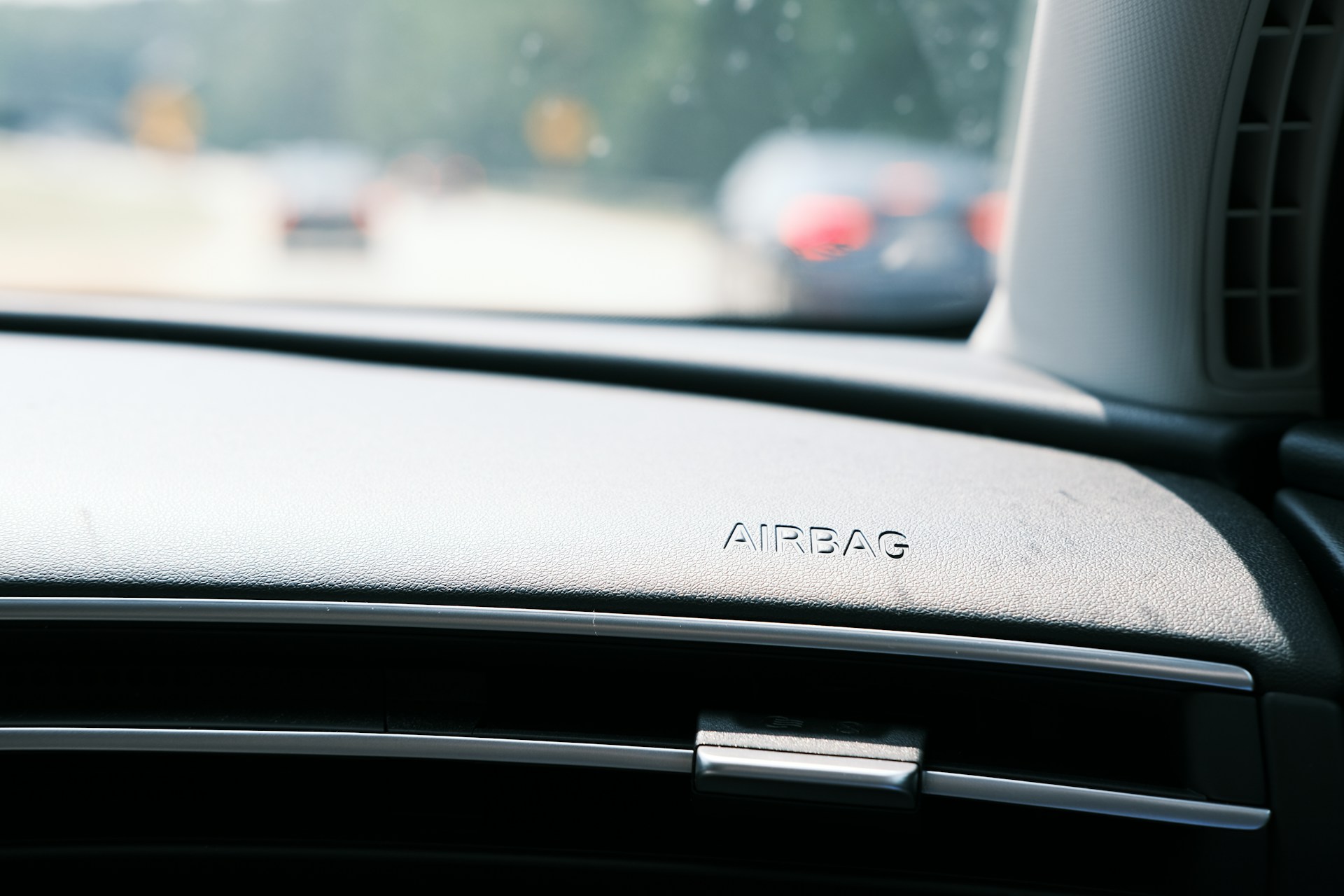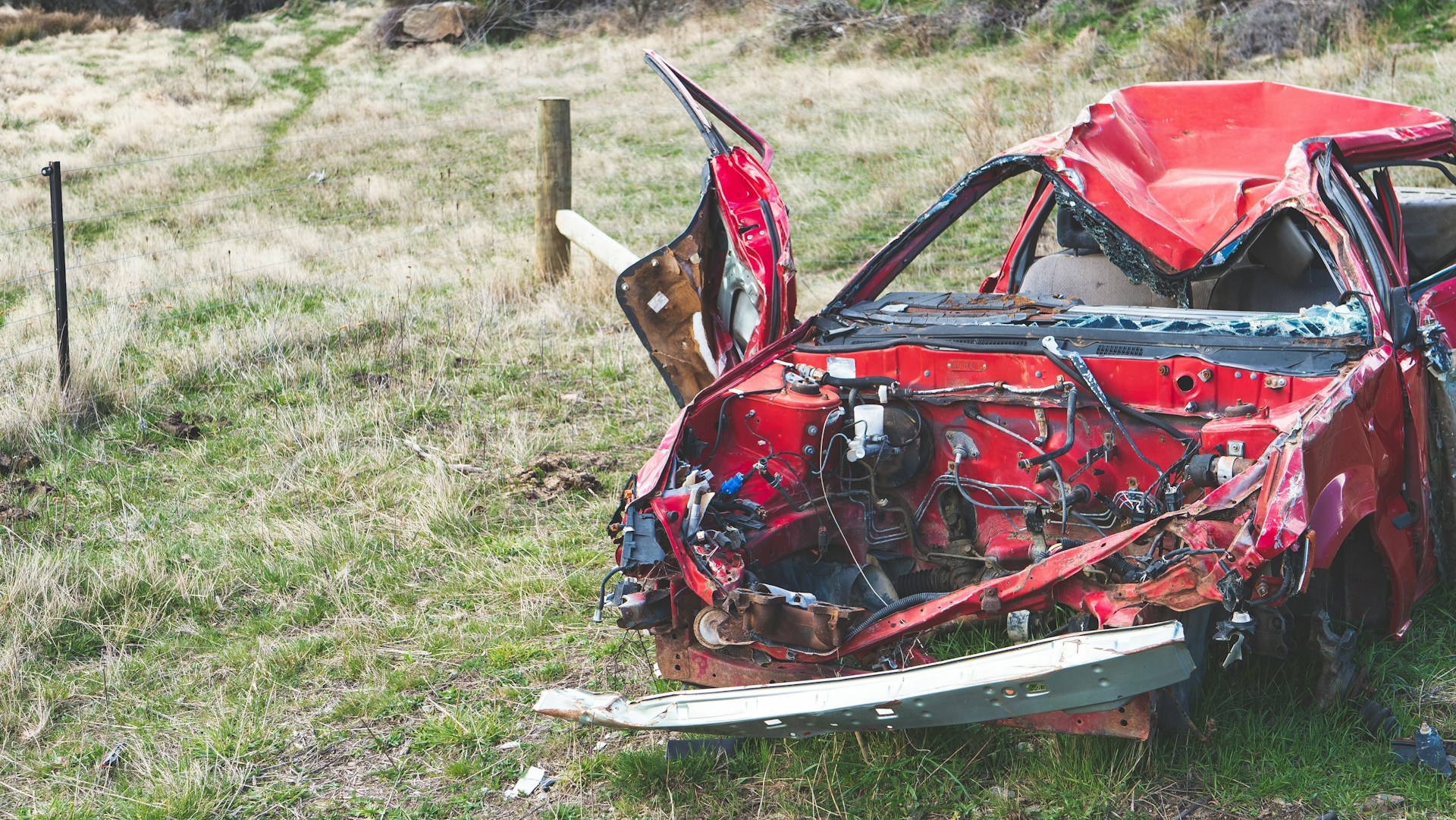Contents
If your car’s airbags deploy in an accident, it means the impact was severe enough to damage critical safety and control systems, making the vehicle unsafe and often illegal to drive until repaired. Deployment can break dashboard panels, steering components, and wiring, trigger seat belt pretensioners, and disable sensors that detect future collisions. The entire airbag system must be inspected, replaced with OEM parts, and recalibrated by a qualified technician before the car can provide proper protection again.
What Does It Mean When Airbags Deploy?
As soon as airbags deploy, sensors detect a severe impact force during a car collision. The airbag system triggers a chemical reaction. It inflates airbags within milliseconds to protect occupants from direct contact with hard surfaces. Understanding when car airbags deploy helps drivers recognize car accident severity. Each airbag deploys based on significant impact detection.
When airbags deploy, several things occur simultaneously:
- Front airbags inflate from the steering wheel and passenger airbag areas.
- Side airbags may deploy from seat backs to protect against side impacts.
- Curtain airbags drop from the roof rails to protect passengers’ heads.
- Knee airbags activate beneath the dashboard to prevent leg injuries.
- Passenger airbags activate to protect front seat occupants.
- The vehicle’s electrical system may shut down certain functions.
- Seat belt pretensioners tighten to secure occupants with seat belts.
Can You Drive a Car After the Airbags Deploy?

You should never drive a car after the airbags deploy because critical safety systems and driving controls are likely compromised. When airbags inflate, the force can damage the steering wheel, dashboard, wiring, and sensors, while also triggering seat belt pretensioners. Deflated airbags and chemical residue can obstruct your view, and the airbag control module may disable other safety features. Continuing to drive in this condition risks losing control of the vehicle and provides no crash protection if another collision occurs.
Is It Legal to Drive Without Airbags in the U.S.?
Federal law doesn’t prohibit driving without airbags. However, state regulations vary. Most states require vehicles with original restraint systems to maintain functional components. If your car is equipped with airbags, they should operate normally. Driving with deployed airbags poses legal risks. They, in turn, could affect insurance compensation. Legal considerations include:
- Vehicle inspection requirements may fail cars with non-functional airbag systems.
- The insurance company may deny claims if safety equipment isn’t maintained.
- Liability increases in subsequent accidents without working airbags.
- Some states mandate immediate repairs after airbag deployment.
Safety Concerns After Airbag Deployment
Deployed airbags create safety hazards that make driving dangerous after any car accident. The dashboard components may be damaged, and the sensors may require recalibration. Airbag powder can cause respiratory irritation and impair visibility, while an airbag going off while driving could cause severe injuries from chemical exposure. Serious injuries can result from continued driving after airbags are deployed.

Primary safety concerns include:
- Compromised structural integrity around the passenger seat and dashboard areas.
- Malfunctioning sensors that won’t detect future collisions properly.
- Reduced visibility due to deflated airbag materials and chemical residue.
- Potential injuries from deployment chemicals or fabric burns.
- Electrical system damage is affecting lights and safety features.
15% of airbag-related injuries occur after deployment. This happens due to chemical exposure or contact with hot airbag components.
How Much Does It Cost to Fix a Car After Airbag Deployment?
Airbag replacement costs vary. The price depends on how many airbags deploy, the vehicle make, and damage extent. Insurance companies often declare the car totaled when replacement costs exceed 70% of the car’s value. Multiple deployed parts with car frame damage frequently result in total loss determinations. The vehicle’s damage assessment makes a significant difference in whether the car’s totaled status is applied by your insurance company.
| Component | Cost Range | Labor Hours |
| Driver frontal airbag | $800-$1,500 | 2-3 hours |
| Passenger airbag | $900-$1,800 | 2-4 hours |
| Side airbags (pair) | $600-$1,200 | 3-5 hours |
| Curtain airbags (pair) | $800-$1,600 | 4-6 hours |
| Knee airbags | $400-$800 | 1-2 hours |
| Sensor replacement | $200-$600 | 1-2 hours |
| Steering wheel replacement | $500-$1,200 | 2-3 hours |
| Dashboard repair | $800-$2,000 | 4-8 hours |
Can You Still Sell or Buy a Car with Deployed Airbags?

You can legally sell a car with deployed airbags, but disclosure is mandatory in most states. Buyers should verify repair quality through VIN decoder services and professional inspections. The vehicle’s value drops significantly, and financing options become limited until airbags are properly repaired and claims are resolved. Filing an insurance claim for deployed parts often results in the car being totaled due to extensive vehicle damage.
Buying from Auctions: Airbag Deployment Warning Signs
Auction vehicles with previous deployment often hide damage through cosmetic repairs. Professional inspection becomes crucial when considering purchases, especially for vehicles involved in severe collisions. Sellers may conceal deployment history and insurance claims. Check if the car was recalled for airbag issues to reveal hidden problems. Previous accidents with significant impact often require comprehensive insurance claim processing by the insurance company.
| Warning Sign | What to Look For | Risk Level |
| Dashboard gaps | Uneven panel alignment around airbag covers | High |
| Seat condition | Mismatched fabric or recent reupholstery | Medium |
| Steering wheel wear | New wheel on an older vehicle | High |
| Side window damage | Cracked or replaced side windows from a curtain airbag deployment | Medium |
| VIN history | Multiple insurance claims or car accident reports | High |
| Electrical issues | Airbag warning lights or system malfunctions | Critical |
Pro Tip from SCA Auctions: At an auction, run your hand along the dashboard seams, steering wheel, and seat sides. Uneven gaps, fresh stitching, or loose panels can reveal past airbag deployment even if repairs look clean.
How to Spot Signs of Past Airbag Deployment
Previous deployment leaves telltale signs that inspection can reveal. Insurance claims history through VIN decoder searches provides valuable deployment information. Even after professional repairs, subtle indicators remain visible to trained observers. Understanding these signs helps buyers avoid vehicles that may not provide real protection.
Detection methods include:
- Check the steering wheel for replacement or refinishing marks around the airbag cover.
- Inspect passenger seat areas for misaligned panels or color variations.
- Look for signs that the car was recalled for related issues.
- Examine the windows and the windshield for replacement stickers.
- Review maintenance records for airbag system repairs.
- Test electrical systems for proper airbag warning light functionality.
- Check for attempts to clear a salvage title indicating previous total loss.
SCA Studies indicate that 23% of used car buyers unknowingly purchase vehicles with previously undisclosed airbag deployments.
How to Spot Counterfeit or Missing Airbags During a Test Drive
Faulty airbags represent a growing concern in the used car market, especially among vehicles with previous accidents. Criminal organizations sometimes install fake airbags or remove them entirely after accidents. Professional inspection at a repair shop becomes essential when purchasing used vehicles with questionable histories.
Key inspection points include:
- Airbag warning lights that illuminate during startup but don’t extinguish properly.
- Unusual sounds or rattling from airbag compartments during test drives.
- Misaligned covers or gaps around airbag housing areas in the vehicle’s interior.
- Electrical malfunctions affect other safety systems connected to sensors.
- Missing or altered manufacturing labels on airbag components.
Can You Use Aftermarket or Salvage Airbags?

Aftermarket airbags pose a safety risk. They may not provide proper protection when a crash occurs. Manufacturers recommend only OEM replacement parts. Salvage airbags from other vehicles might have unknown deployment history or compatibility issues. This all compromises passenger safety during minor collisions.
Summary
Airbag deployment requires immediate professional attention. Complete airbag replacement is vital before driving. Legal and safety concerns make temporary repairs inadequate for vehicle operation. Always consult qualified technicians and insurance companies. When dealing with airbags deployed, ensure proper restoration and fair settlement.
FAQ
Does Insurance Cover Airbag Replacement?
Most collision insurance policies cover airbag replacement after accidents. However, coverage depends on specific policy terms. It’s also necessary to consider car accident circumstances. Coverage typically includes:
Full replacement costs for all deployed elements and related components.
Labor charges for professional installation and system recalibration.
Rental car expenses during repair periods when the vehicle is undrivable.
Total loss compensation occurs when repair costs exceed the vehicle’s actual cash value.
At What Speed Does an Airbag Deploy in a Crash?
Airbags typically deploy under specific pressure. An impact force equivalent to hitting a solid barrier at 8-14 mph is detected by sensors. Actual vehicle speed during the collision, in this case, doesn’t matter.
Do Air Bags Deploy When Hit from Behind?
Most frontal airbags don’t deploy during rear-end collisions. Nevertheless, side airbags and seat belt pretensioners may activate. Crash forces and impact angle are also risk factors.
Will a Deployed Airbag Drain My Battery If Not Reset?
Deployed airbags don’t typically drain the battery. However, related electrical system damage and warning lights may cause minor power consumption.
Are Aftermarket Seats Compatible with Airbags?
Aftermarket seats often disable side airbag functionality. They may interfere with seat belts. This potentially voids warranties and reduces crash protection effectiveness.





